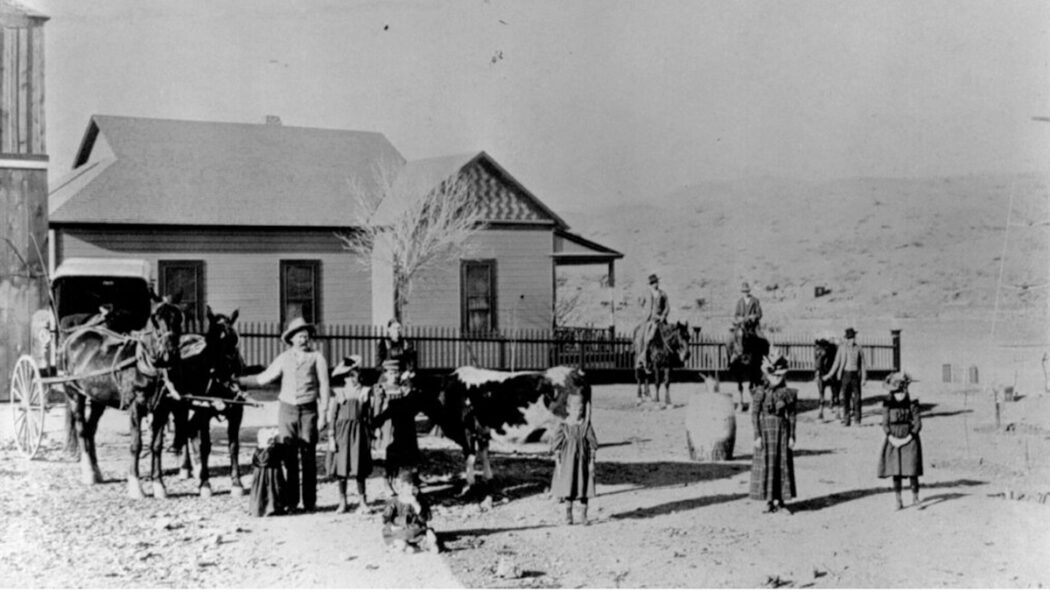Arizona might not be the cattle ranching capital of the country, but cattle is one of the five C’s that make up Arizona’s agricultural economy. When I really started digging into the history of the state’s beef industry, I realized it is as rich and established as any of our Western or Northern neighbors. Most people don’t realize that the history of cattle ranching in Arizona spans more than 300 years and has experienced periods of immense highs and even lower lows, but one thing remains the same, cattle ranching in Arizona is just as important now as it was in the old days, if not even more important.
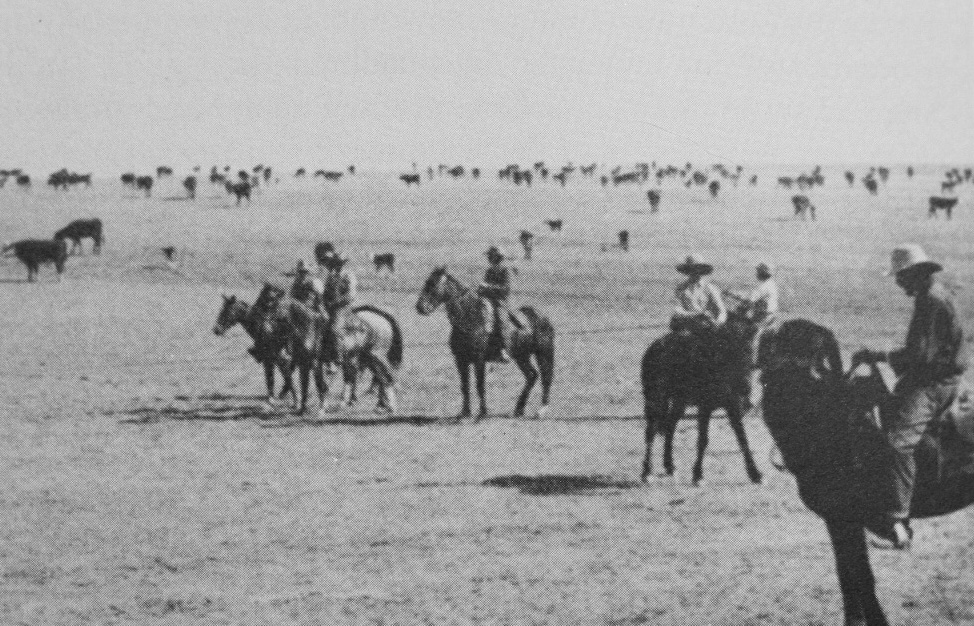
The Spanish Era of Cattle Ranching in Arizona and Mexico: 1500s-Mid 1800s
What’s interesting about the early days of cattle ranching in Arizona, is that it didn’t really start in Arizona. It was actually Mexico that deserves the credit for jumpstarting our state’s cattle economy. Now the dates get a little fuzzy depending on which publication you are reading, but it was around 1540 that would-be conqueror, Francisco Vasquez de Coronado, led an expedition of roughly 300 Spaniards, 1,000 Indian allies, 1,500 horses and mules, 5,000 sheep, and 150 cattle west towards the then-known “New World” to conquer the Seven Cities of Cíbola. The Seven Cities of Cíbola were said to be located on the border of Mexico and Arizona. The story goes that Coronado had intended to use all his livestock to feed his troops, but he was forced to abandon some in a particularly rough area of Sinaloa. We can only predict that members of that original herd strayed out, starting wild cattle herds across the southwest and into the Rio Grande Valley.
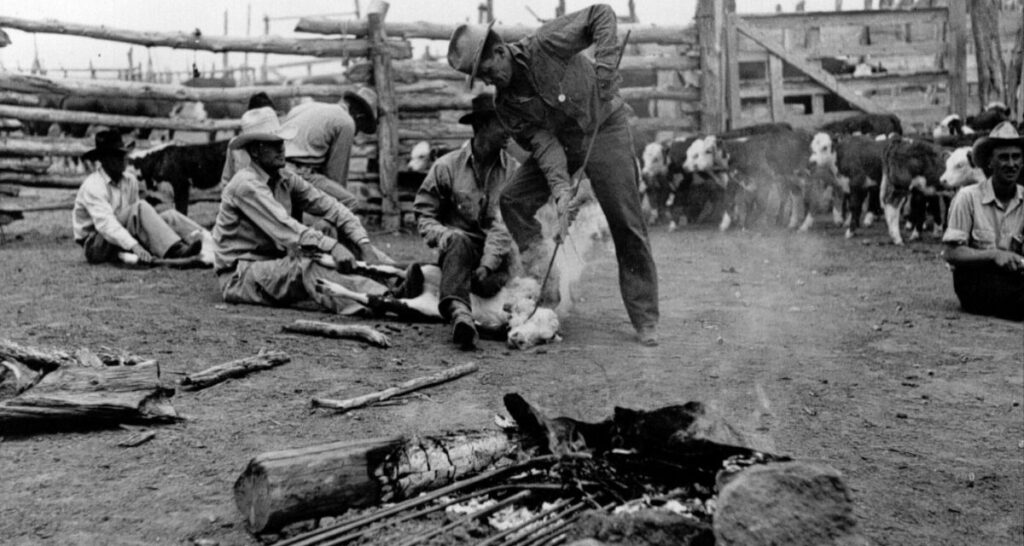
The next major puzzle piece of Arizona Cattle Ranching includes a missionary by the name of Francisco Eusebio Kino. Father Kino immigrated to Mexico in 1681 and started creating a successful chain of missions across the Sonora desert in 1687. A major draw for his missions was the cattle he brought with him. He would often give cattle to Indian tribes throughout the region, including the present-day Tohono O’odham tribe. These cattle were largely left to fend for themselves, foraging on the open range, and they soon began breeding in large numbers. The herds that Kino began expanded successfully well into the nineteenth century. Kino’s significance in Arizona history is well known, but his leading role in establishing cattle in Arizona in the Spanish period is so important that it deserves special notice here.
Jumping forward a hundred years or so, the 1790s to the early 1800s were considered a golden age for Spanish colonists in Arizona. This was when Arizona saw the number of settlers grow, as did the number of farms, mines, ranches, and cattle. It was also around this time that ranchers started wanting to expand their herds; however, with the expansion of cattle herds, came the need for the expansion of land. The expansion of land came in the form of land grants that helped establish permanent locations for ranching families in Arizona.
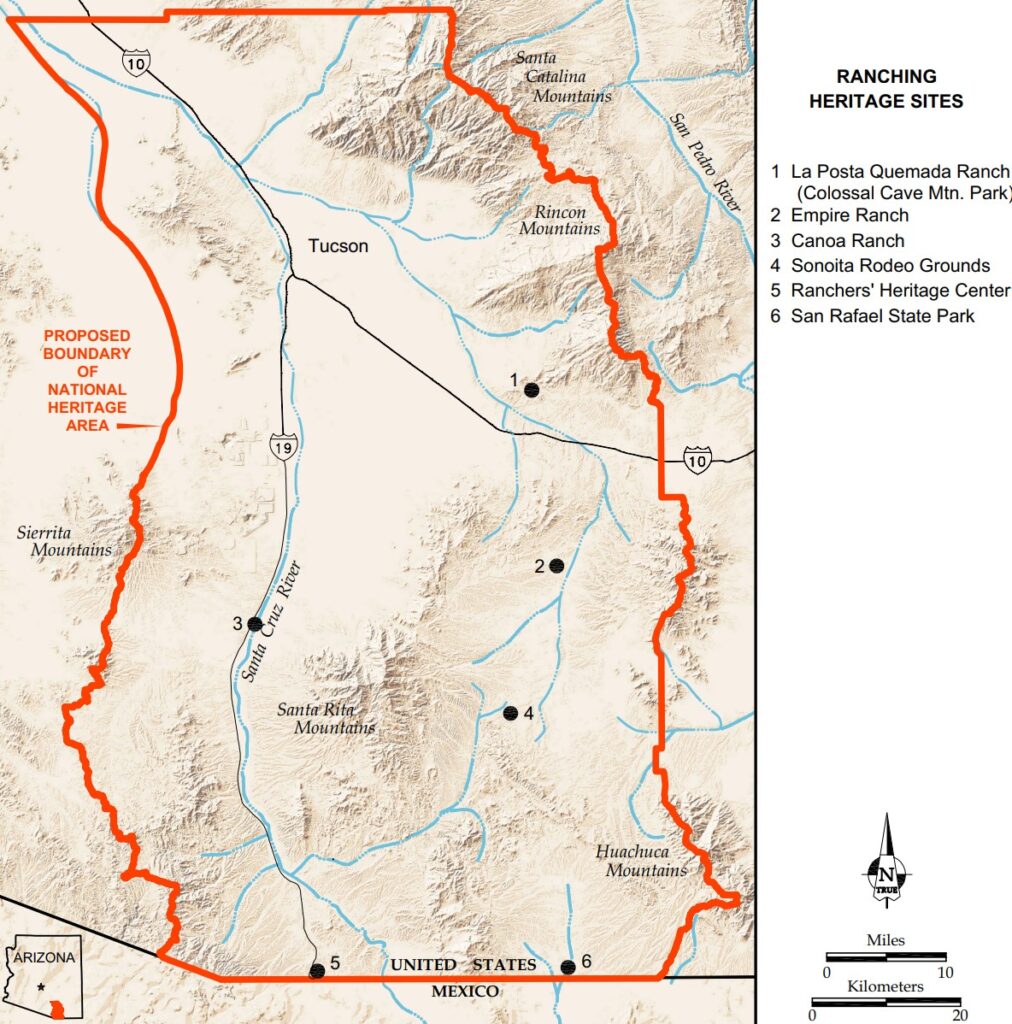
Unfortunately, due to increasing hostilities in the 1840s, the cattle ranching industry took a hit as most Mexican ranches in Arizona were being abandoned and the few remaining settlers relocated to Tucson. The animals were left to fend for themselves and over the next 15 years, their population came close to being wiped out, as the Apache tribes nearly extinguished them and put a huge strain on the reproduction of the herds.
The American Era of Cattle Ranching in Arizona: Mid 1800s-1900s
In the mid-1800s, the original Mexican land grants were re-evaluated when the United States saw victory in the Mexican-American War. This led to the acquisition in 1848 of what is now Texas, New Mexico, most of Arizona, and California. This was when Arizona entered what is referred to as the “Pioneer Period”. This was when the government was really pushing for the privatization of land and in 1862 the Homestead Act was passed, promising 160 acres of free land to anyone who would settle on and work it. This was a gamechanger for the cattle industry.
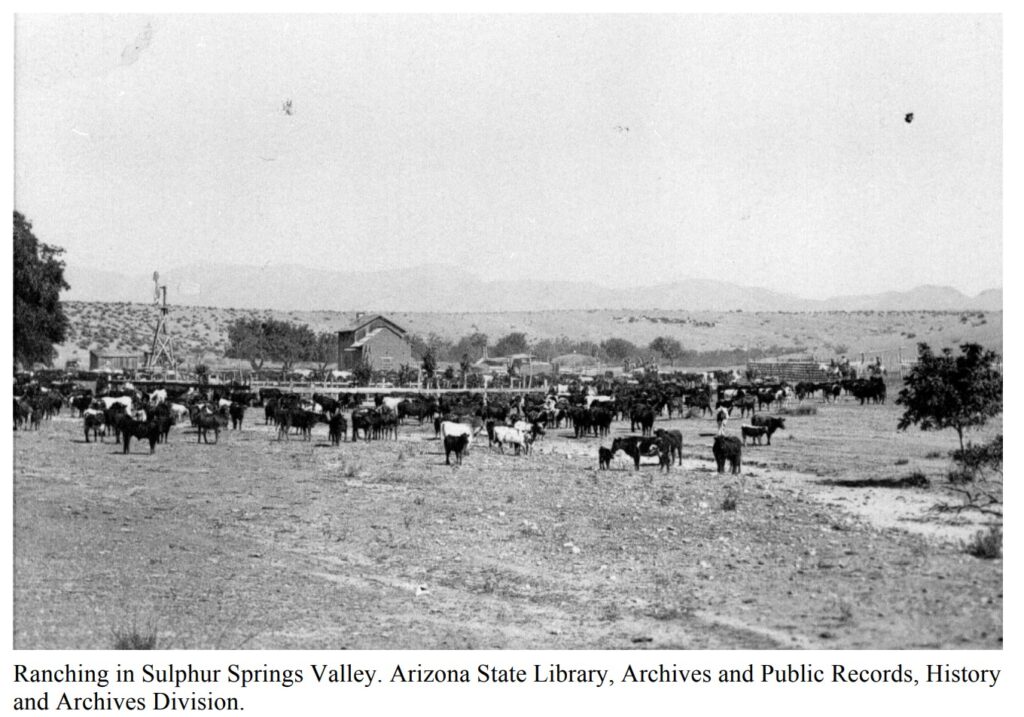
In this time frame as well, northern Arizona started gaining some traction after the Civil War as Texas Cattlemen changed their routes, utilizing the new construction of Beale’s wagon trail and transcontinental railroad surveys. This was when we started seeing the foundation of today’s present-day ranches being built in towns such as Flagstaff, Ashfork, Prescott, and Dewey. Then in 1882, the area’s second transcontinental railroad line opened and completely changed the dynamic of northern Arizona cattle ranches. In 1883, Territorial Governor F.A. He claimed that Arizona Territory had 34 million acres of grasslands, which he claimed could support over 7 million cattle. When in reality, the state’s rangeland couldn’t support anywhere near that number. When the number of cattle went significantly over one million, not including other grazing animals, the conditions for a rangeland disaster were at hand. Up until this point, the Arizona cattle industry was booming across the state. That was until the number of cattle started to surpass the amount that the rangeland could support.
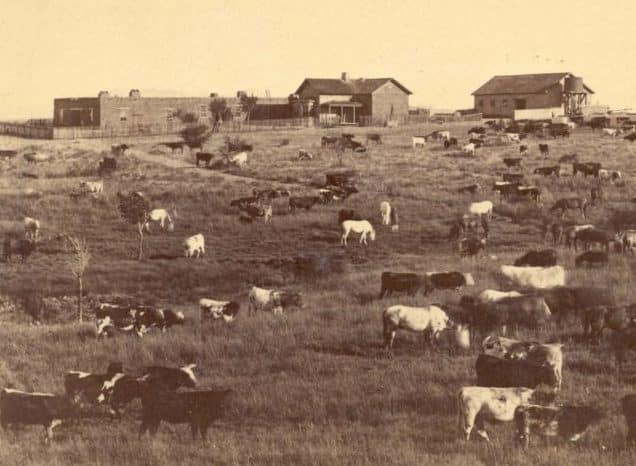
While there had been many relatively dry years from the 1860s through the 1880s, the great drought of the 1890s was particularly tragic and had a significant effect on the landscape and cattle industry. Over the next twenty years, cattle ranchers would see a continual decline in the quality of the rangelands they inhabited.
During the bust of the 1890s, the taxable value of cattle declined almost in half from $12,769,572 in 1893 to $6,591,343 in 1900.” – NATIONAL REGISTER OF HISTORIC PLACES
Moving into the 1900s, cattle ranchers and cattle themselves went through some changes as they both had to adapt to a new landscape after the great drought. When World War I started, ranchers were promised that the agriculture industry would soar as demand increased, but that was far from the truth. In fact, even after the war ended livestock and agricultural prices started dropping. By 1921, that area of the economy was practically in a depression.
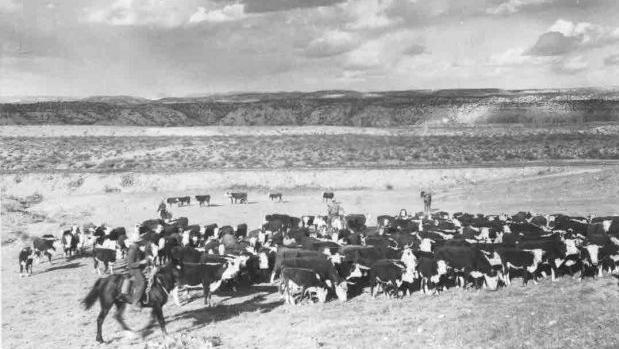
Over the next ten years leading up to the Second World War, we saw additional government intervention with rangelands and rancher’s rights so ranchers adapted as needed to steadily grow their operations. Ranchers didn’t know it at the time, but they were headed towards a cattle boom at the end of the Second World War. Just to give you a little idea of the industry numbers back then, the price of cattle rose from $23,010,195 in 1940 to $75,145,243 in 1950, which is almost a 200% increase over the course of a decade.
What Arizona’s Cattle Industry Look Like Today
Today, the cattle industry is just as important to Arizona as it was back in the day. Thankfully we have several wonderful organizations such as the Arizona Cattle Growers Association to help keep some of that history and heritage alive. Check out some of the facts on Arizona’s present-day cattle industry.
- There are 19,000 farms and ranches (source)
- Out of those, there are 7,075 farms and ranches with cattle (source)
- The total number of cattle and calves as of January 1, 2021, was 980,000 head (ranked 31st in the nation) (source)
- Beef cows that have calved as of January 1, 2021: 196,000 head (source)
- Dairy cows that have calved as of January 1, 2021: 194,000 head (source)
- Cattle on feed as of January 1, 2021: 265,000 head (source)
- 2020 calf crop: 305,000 (source)
- Cattle are raised in every county in Arizona: Apache, Cochise, Coconino, Gila, Graham, Greenlee, La Paz, Maricopa, Mohave, Navajo, Pima, Pinal, Santa Cruz, Yavapai & Yuma
- In 2020, cattle and calf sales surpassed $673,000,000 (source)
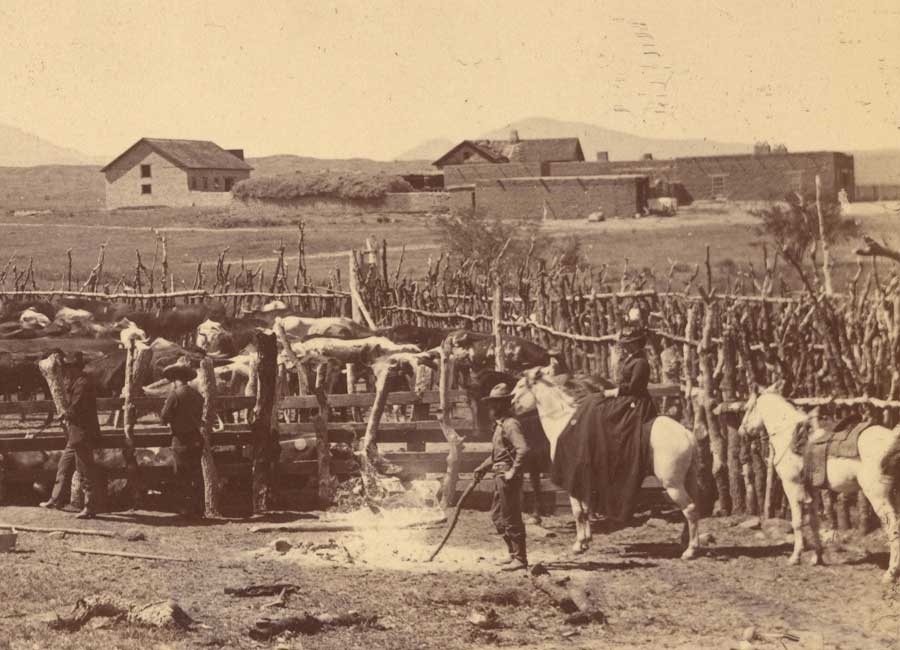
This Post is Brought to you by CKP Insurance
Another major contributor to Arizona’s agriculture industry is CKP Insurance. CKP has trained professionals that will walk you through a range of options using risk-assessment tools that will take the pressure off when there is a drought in your area. The program is very affordable because the government subsidizes 51%-59% of the premium.
CKP Insurance
Our trained professionals will walk you through a range of options using risk-assessment tools that will help you manage your risks when there is a drought in your area. The U.S. government subsidizes 51%-59% of the premium.
Those Who Expect More Choose CKP
You Built It. We Can Help You Protect It.
Pasture, Rangeland, Forage Insurance was designed to help protect your operation from the risks of forage losses that are produced for grazing or harvested for hay, resulting in increased costs for feed.
Anyone can sell you a policy. But CKP Insurance invests the time to understand your needs and develop a strategy that will help you protect and manage your business risks and operations, rain or shine.


